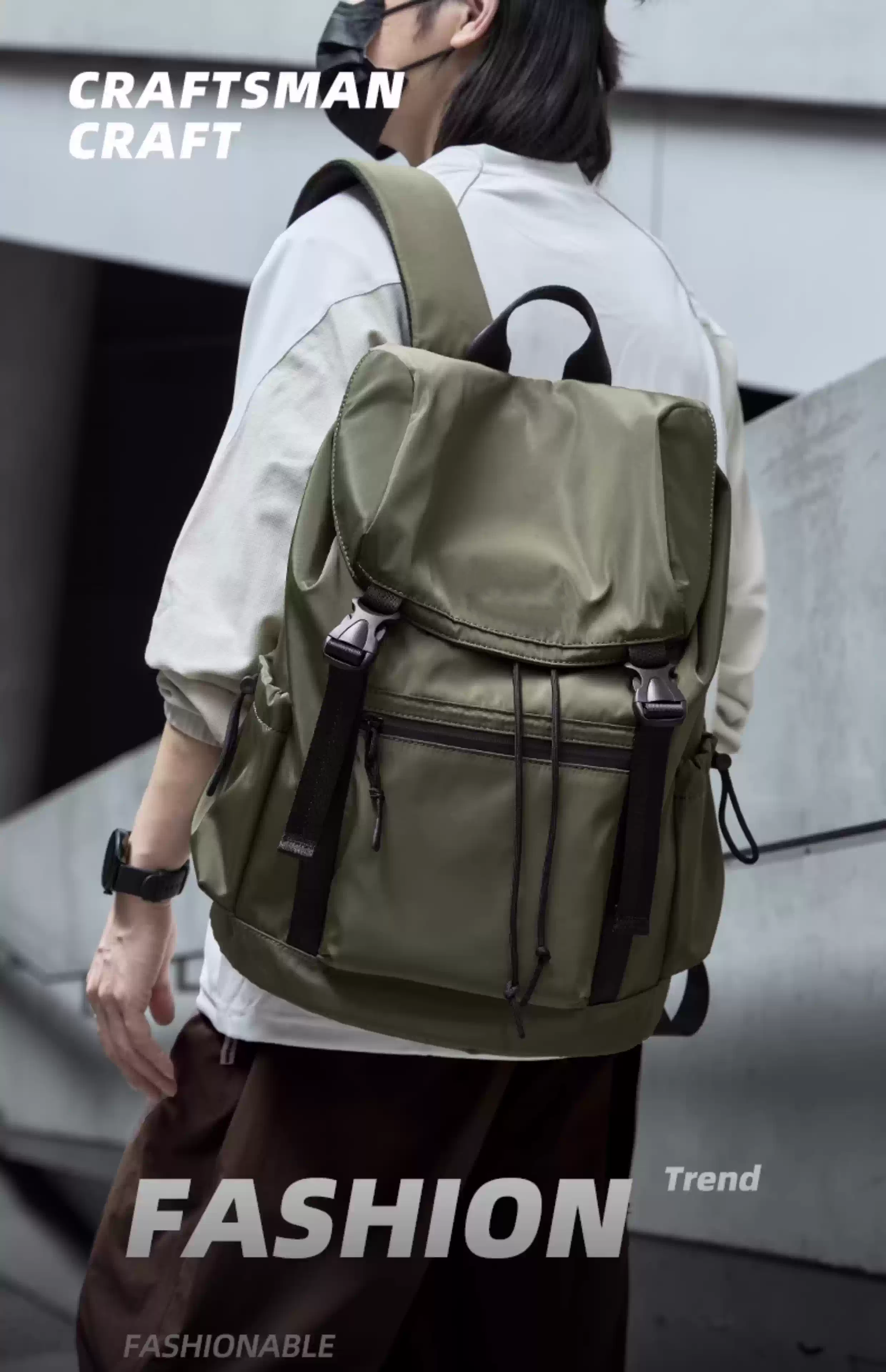Essential Principles of Smart Backpack Organization
Mastering how to pack a solo travel backpack effectively can transform your entire travel experience. When you're traveling alone, your backpack becomes your most trusted companion, and organizing it thoughtfully can mean the difference between a smooth journey and constant frustration. The art of efficient backpack packing combines practical organization with strategic planning, ensuring you have everything needed while maintaining mobility and comfort.
Before diving into specific packing techniques, it's crucial to understand that efficient backpack packing isn't just about cramming everything inside – it's about creating a system that works for your specific travel style and needs. Whether you're planning a weekend getaway or a months-long adventure, the fundamental principles remain the same.
Selecting the Perfect Travel Backpack
Key Features to Consider
The foundation of efficient packing starts with choosing the right backpack. Look for one with multiple compartments, water-resistant material, and comfortable straps. The ideal size typically ranges between 35-45 liters for shorter trips and 45-65 liters for extended travel. Ensure your backpack has compression straps to maintain a compact shape and easy-access pockets for frequently needed items.
Pay special attention to the back support system and weight distribution features. A well-designed backpack should include padded shoulder straps, a sturdy hip belt, and adequate ventilation. These elements become crucial when you pack a solo travel backpack for long-term wear.
Understanding Weight Distribution
Proper weight distribution is essential for comfortable carrying. Place heavier items closest to your back and at the middle height of the pack. This positioning helps maintain your center of gravity and reduces strain on your shoulders and back. Lighter items should go towards the outer parts of the backpack, while frequently accessed items belong in top compartments or external pockets.
Essential Packing Categories and Organization
Clothing Strategy
When you pack a solo travel backpack, clothing typically takes up the most space. Implement the roll method for wrinkle-resistant items and use packing cubes to separate different categories. Choose versatile pieces that can be mixed and matched, focusing on neutral colors and layerable items. Include at least one set of quick-dry clothing and consider the climate of your destination.
A good rule of thumb is to pack for one week, regardless of trip length. This approach ensures you have enough variety while maintaining a manageable load. Remember to include appropriate footwear without overdoing it – one pair of comfortable walking shoes and a lighter alternative usually suffice.
Electronics and Valuables
Create a dedicated space for electronics and valuable items. Use protective cases and organize cables with bands or small pouches. Keep power banks, adapters, and chargers easily accessible. Consider using a small waterproof bag within your backpack for additional protection of electronic devices.
Advanced Packing Techniques
Compression Methods
Maximize space by using vacuum compression bags for clothing and soft items. These bags can reduce volume by up to 50%, creating valuable extra space. When you pack a solo travel backpack using compression techniques, remember to leave some flexibility for souvenirs or additional items you might acquire during your journey.
Utilize every available space, including the inside of shoes (perfect for socks or small items) and any gaps between packed items. Roll clothes tightly and use rubber bands to maintain their compact form if needed.
Modular Packing Systems
Implement a modular packing system using different colored packing cubes or bags for various categories. This approach makes it easier to locate items quickly and maintains organization throughout your trip. Consider using clear bags for toiletries and small items, making security checks more efficient.
Essential Items and Emergency Preparedness
First Aid and Safety Essentials
Always reserve space for a compact first aid kit, including basic medications, bandages, and any personal prescriptions. Include a small sewing kit, safety pins, and a multi-tool for unexpected repairs. When you pack a solo travel backpack, these items provide peace of mind and preparedness for various situations.
Documentation and Money Management
Create a dedicated, easily accessible yet secure space for important documents, cash, and cards. Use a combination of storage methods – some cash and cards in your daypack, some in your main backpack, and some in a money belt or hidden pouch. Always keep copies of important documents both digitally and physically.
Frequently Asked Questions
How do I determine the right backpack size for solo travel?
Consider your trip duration, travel style, and physical capabilities. For weekend trips, a 35-45L backpack usually suffices. For longer journeys, opt for 45-65L, but remember that bigger isn't always better – the more space you have, the more you tend to pack unnecessarily.
What's the best way to protect electronics while backpacking?
Use padded cases or sleeves for individual devices, store them in the middle layer of your pack away from edges, and consider using a waterproof dry bag for extra protection. Keep chargers and cables organized in a separate small pouch.
How can I maintain organization during long-term travel?
Use packing cubes or compression bags to separate different categories of items, maintain a consistent packing system, and regularly reassess and reorganize your belongings. Consider implementing a one-in-one-out rule when acquiring new items during your journey.


